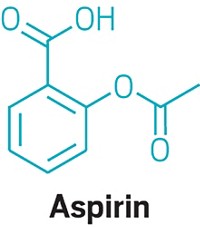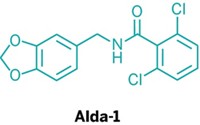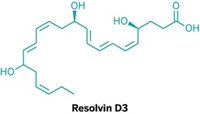Advertisement
Grab your lab coat. Let's get started
Welcome!
Welcome!
Create an account below to get 6 C&EN articles per month, receive newsletters and more - all free.
It seems this is your first time logging in online. Please enter the following information to continue.
As an ACS member you automatically get access to this site. All we need is few more details to create your reading experience.
Not you? Sign in with a different account.
Not you? Sign in with a different account.
ERROR 1
ERROR 1
ERROR 2
ERROR 2
ERROR 2
ERROR 2
ERROR 2
Password and Confirm password must match.
If you have an ACS member number, please enter it here so we can link this account to your membership. (optional)
ERROR 2
ACS values your privacy. By submitting your information, you are gaining access to C&EN and subscribing to our weekly newsletter. We use the information you provide to make your reading experience better, and we will never sell your data to third party members.
Biological Chemistry
Another Aspirin Connection
High doses of drug’s breakdown product, salicylate, activate a major cellular energy sensor
by Carmen Drahl
April 23, 2012
| A version of this story appeared in
Volume 90, Issue 17
The story of aspirin just got a new wrinkle. Scientists report that high doses of salicylate, which is both a breakdown product of aspirin and the pain-relieving willow bark component that spurred aspirin’s development, activate the energy sensor adenosine monophosphate-activated protein kinase, or AMPK (Science, DOI: 10.1126/science.1215327). Aspirin and salicylate block pain-mediating cyclooxygenase enzymes, but research in mice suggests those enzymes don’t underlie all the drugs’ effects. In cells and in mice, D. Grahame Hardie of Scotland’s University of Dundee and coworkers learned, salicylate behaves like A-769662, a synthetic allosteric activator of AMPK that influences how animals use fat as an energy source. Aspirin has anticancer benefits, and the team thinks AMPK might be behind them, because metformin, an AMPK activator and diabetes drug, also protects against cancer. “This is an interesting and surprising story that links salicylate and AMPK activity,” says Jay H. Chung, an AMPK expert at the National Institutes of Health. “However, I don’t think this study is applicable to aspirin’s cancer prevention benefits in the real world,” he adds, because someone would have to consume a ballpark 10 to 20 adult aspirins at once, a borderline toxic level, to activate AMPK.





Join the conversation
Contact the reporter
Submit a Letter to the Editor for publication
Engage with us on Twitter